Buy this landscape artwork Ruines d'un aqueduc - Victor Hugo by Accessible Art on canvas, ArtFrame, poster and wallpaper, printed on demand in high quality.
About "Ruines d'un aqueduc - Victor Hugo"
by Accessible Art
About the artwork
Victor Hugo's "Ruines d'un aqueduc" (Ruins of an Aqueduct), created around 1850, is a powerfully atmospheric landscape rendered with expressive freedom. The work, executed with a dynamic mix of pen, ink washes, graphite, and crayon, showcases Hugo's unconventional and masterful drawing techniques. At the center of the composition stands the decaying form of a Roman aqueduct, its broken arches stark against a turbulent, brooding sky.
Hugo employs a largely monochromatic palette of dark browns and blacks, creating a somber and melancholic tone. The artist's experimental approach is evident in the varied textures, from the heavily worked, almost abstract foreground to the fluid, bleeding ink washes that define the clouds and crumbling stone. The white of the paper is skillfully used to create stark contrast, highlighting the voids in the decaying structure.

About Accessible Art
Accessible Art is an online shop that is dedicated to making art accessible to everyone without compromising on quality. We offer affordable and high-quality art pieces that have been digitally restored, upscaled, and improved. You can find our curated selection of art on various platforms, including Artheroes.com... Read more…
 Netherlands
Netherlands Ordered in April 2020
Ordered in April 2020
 Germany
Germany Ordered in June 2020
Ordered in June 2020
 Netherlands
Netherlands Ordered in June 2021
Ordered in June 2021
 Germany
Germany Ordered in April 2019
Ordered in April 2019
 Netherlands
Netherlands Ordered in July 2019
Ordered in July 2019
 Germany
Germany Ordered in June 2020
Ordered in June 2020
 Netherlands
Netherlands Ordered in May 2020
Ordered in May 2020
 Netherlands
Netherlands Ordered in November 2020
Ordered in November 2020
 Netherlands
Netherlands Ordered in December 2024
Ordered in December 2024
 Germany
Germany Ordered in May 2021
Ordered in May 2021
 Germany
Germany Ordered in March 2024
Ordered in March 2024
 Germany
Germany Ordered in December 2021
Ordered in December 2021
About the material
ArtFrame™
Interchangeable Art Prints
- High-quality print
- Easily interchangeable
- Acoustic function
- Large sizes available
Discover the artworks of Accessible Art
 Wanderer Above the Sea of Fog - Caspar David FriedrichAccessible Art
Wanderer Above the Sea of Fog - Caspar David FriedrichAccessible Art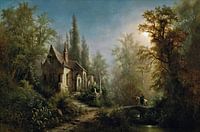 A Moonlit Night over a Chapel and Riders - Albert RiegerAccessible Art
A Moonlit Night over a Chapel and Riders - Albert RiegerAccessible Art Wolves in the Forest in Front of a Cave - Caspar David FriedrichAccessible Art
Wolves in the Forest in Front of a Cave - Caspar David FriedrichAccessible Art Weaverwomen in Cervara - Carl BlechenAccessible Art
Weaverwomen in Cervara - Carl BlechenAccessible Art Gamle Lines Fødselsdag. - Hans Andersen BrendekildeAccessible Art
Gamle Lines Fødselsdag. - Hans Andersen BrendekildeAccessible Art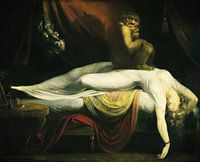 The Nightmare - Henri FuseliAccessible Art
The Nightmare - Henri FuseliAccessible Art A Philosopher Lecturing on the Orrery - Joseph Wright of DerbyAccessible Art
A Philosopher Lecturing on the Orrery - Joseph Wright of DerbyAccessible Art Astronomer Copernicus, or Conversations with God - Jan MatejkoAccessible Art
Astronomer Copernicus, or Conversations with God - Jan MatejkoAccessible Art A Blacksmiths Shop - Joseph Wright of DerbyAccessible Art
A Blacksmiths Shop - Joseph Wright of DerbyAccessible Art Young Man by Candlelight - Christiaen Jansz- DusartAccessible Art
Young Man by Candlelight - Christiaen Jansz- DusartAccessible Art Wheat Field with Cypresses - Vincent Van GoghAccessible Art
Wheat Field with Cypresses - Vincent Van GoghAccessible Art Head of Medusa - Franz von StuckAccessible Art
Head of Medusa - Franz von StuckAccessible Art At the Milliner's - Edgar DegasAccessible Art
At the Milliner's - Edgar DegasAccessible Art Comical Repast (Banquet of the Starved) - James EnsorAccessible Art
Comical Repast (Banquet of the Starved) - James EnsorAccessible Art Young Italian Woman, with ‘Puck’ the Dog - Thérèse SchwartzeAccessible Art
Young Italian Woman, with ‘Puck’ the Dog - Thérèse SchwartzeAccessible Art Daedalus and Icarus - Anthony van DyckAccessible Art
Daedalus and Icarus - Anthony van DyckAccessible Art The Anatomy Lesson of Dr. Nicolaes Tulp - Rembrandt van RijnAccessible Art
The Anatomy Lesson of Dr. Nicolaes Tulp - Rembrandt van RijnAccessible Art Children of the Sea - Jozef IsraëlsAccessible Art
Children of the Sea - Jozef IsraëlsAccessible Art Springtime - Maurice DenisAccessible Art
Springtime - Maurice DenisAccessible Art Northeaster - Winslow HomerAccessible Art
Northeaster - Winslow HomerAccessible Art


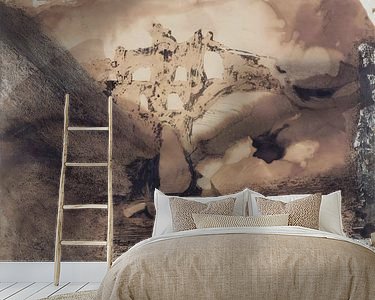
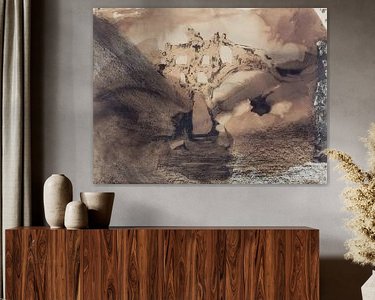

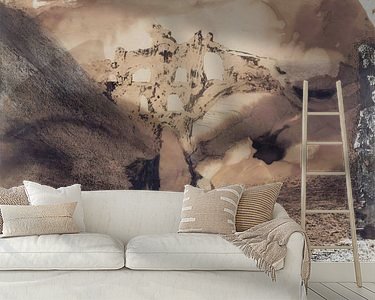






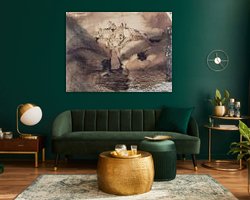
 Drawings
Drawings Landscapes
Landscapes Ruin
Ruin









